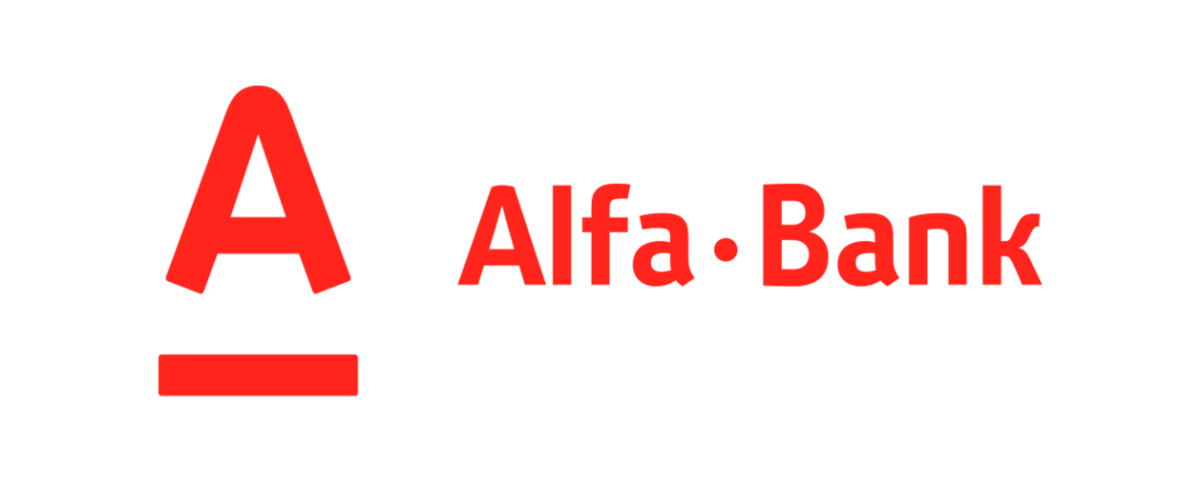This course covers a complete view of customer touch points (both physical and virtual) and a unique model for standardizing and managing customer contact models across channels including approaches for customer feedback, quality management, and migration.

 Design and develop an organizational culture for success and growth
Design and develop an organizational culture for success and growth  Leadership styles
Leadership styles  Organizational evolution
Organizational evolution  Mechanics of managing corporate culture
Mechanics of managing corporate culture 
Сourse Duration

Team Dynamics

Number of Participants

The Senteo Learning Experience Methodology

You will acquire a deep understanding of customer touch points and the principles of creating positive customer experiences.

Learn how to apply this knowledge to design practical solutions that meet customer needs and preferences, and develop customer loyalty through positive customer contacts.

Understand how to use data, experiential realms, theming, and analytics to optimize customer contacts at the distribution level.

Understand how to measure the effectiveness of customer contacts.
All customer experience professionals wishing to increase the value and to develop long-term mutually beneficial relationships with their customers
Any business that is looking for differentiation from competitors while being able to keep a price premium
Top and middle management wishing to design, build, measure, and manage experiential and transformational businesses
The content in this course is applicable to any industry: retail and shopping centers, banking, hospitality, pharmaceutical, etc.
Introduction to Customer Touch Points
Types of Customer Contacts & Customer Touch Points
Standardizing Customer Contacts & Building Customizable Contact Models
Using Experiential Realms & Theming to Enhance Customer Environments
Exercise – Experiential Customer Environments
Building Feedback Loops & Managing Quality of Customer Contacts
Managing & Optimizing Customer Contacts at the Distribution Level
Customer-Oriented Analytics for Distribution & Migration
All of our educational programs follow a simple but very effective approach designed together with an organizational psychologist to improve the retention of concepts and stimulate application of the methodology to real world business needs. All programs are structured with the following four components:
Learn — understand the theory and mechanics behind each aspect of the methodology
Do — apply the different aspects of the methodology during exercises and work groups
See — observe real world applications, examples and case studies related to each aspect of the methodology
Extend — identify and support the possibilities for real-world applications of the methodology specific to current business needs and goals

Irecently completed Michael Ruckman’s online training, “Experiential Innovation” for VTB Bank.” Three unforgettable days filled with an incredible emotional charge, a wealth of new knowledge and tools that can now be applied in practice. Throughout the training, I found myself realizing that every piece of information presented held immense value and would be beneficial in my future work. I extend a heartfelt thank you to Michael and the Senteo team for simply being who you are and for the outstanding work you do!


Great course! Helpful practice activities.


Training from #MichaelRuckman is all about simplifying the complex. The materials, delivery, and support are top-notch. After three days of training, the amount of knowledge acquired exceeded expectations. I want to specifically highlight the atmosphere, which inspires you to strive for new achievements! Thank you.


We took the UX Redesign course in an online format. Everything was organized excellently, with convenient tools for collaborative work. We didn’t notice any difference compared to in-person training. The team did a great job.


Great ideas and concepts for understanding the role of customer experience and customer relationship.


#Senteo and #MichaelRuckman – each presentation reveals a new side of the CX approach. I like the fine balance of theory and practice, as well as the combination of both seriousness and humor in the presentations at conferences and workshops, which makes the process even more fascinating and engaging.


Achieving high productivity with minimal time investment! Unconventional and valuable!


#senteo#MichaelRuckman
In an amazing way, he combines the depth of the subject with an easy delivery of complex materials. Employees from different levels participated in the online training “Experiential Innovation” for VTB Bank, and here are the key points highlighted by the participants:
1. Convenience and comfort of conducting the training over Zoom and utilizing Miro boards.
2. The training content. The connection between the product, the customer, long-term relationships, and creating innovative solutions to transition from a product-centric approach to a relationship-centric one is crucial and applicable to any innovation.
3. The chat support and participant engagement before the training were organized in a very natural and gentle manner.
4. The outcome of the training resulted in specific sets of innovative solutions in six different areas. This means that we could immediately put into practice what we worked on during the training. The knowledge gained is highly practical, which is essential for my company.
5. Michael:) I cannot fail to mention the charisma and vast experience of our trainer, Michael. It was extremely valuable that he shared his experience from different organizations.
In summary: I wholeheartedly recommend Senteo’s training sessions and plan to explore their other offerings as well.


I had the privilege to participate in Michael’s training about creating exceptional customer experiences. The experience was incredibly interesting, productive, and engaging. As someone who was new to online training, I was pleasantly surprised by the remarkable level of dynamics and engagement it offered. It was a truly cool and informative experience! I wholeheartedly recommend it to everyone.


Clear explanations, valuable information, knowledgeable instructor.


Achieving high productivity with minimal time investment!
Non-conventional and invaluable! From June 9th to 11th, I participated in the online training “Experiential Innovation,” and to say that it was an explosion of emotions, knowledge, and communication is an understatement! The materials provided by Michael are simple and easy to understand, and the tools used during the training are highly convenient. The result of this training is a boost of energy and even greater desire to delve deeper into the subject matter! Hold on, customers, this is going to be phenomenal! !#senteo


For someone like me, an IT specialist and tech enthusiast, Michael’s course was like a journey to Mars! It felt like discovering a whole new planet that I was thrilled to explore. Everything was fresh and incredibly interesting. And the best part? Thanks to Michel, complex concepts were explained in a simple language that I could easily grasp. The assignments were designed in a way that pushed me to come up with original ideas. I highly recommend it to everyone!


We recently participated in an online training session with our colleagues from VTB about “Experiential Innovation”. During the training, Michael provided valuable insights into the economics of customer experiences, guided us in building Customer Journey Maps (CJMs), and highlighted the distinction between customer-centric and human-centric business models. He was exceptionally open, responsive, and generously shared his wealth of experience and knowledge. The training also gave me the opportunity to apply my understanding of behavioral economics and neurophysiology to real-life business cases. Once again, I want to express my gratitude to Michael and his entire team on behalf of myself and my colleagues. The experience was truly outstanding! 👍🔥


Michael’s workshops and master classes are always memorable and rated as “excellent.” It’s a pleasure to work with him and the entire Senteo team.


Michael is a regular keynote speaker and guest lecturer at Stockholm School of Economics, Skolkovo School of Management, UNLV, Financial University, BAI, EFMA, Lafferty, ICSC, MECS+R, as well as many other international conferences and corporate events. As well, Michael has authored dozens of educational courses in the areas of strategy, digital and business model transformation, leadership, customer experience, corporate culture development, gamification, customer relationship management (CRM), and others with over 30,000 participants since 2004.

 Design and develop an organizational culture for success and growth
Design and develop an organizational culture for success and growth  Leadership styles
Leadership styles  Organizational evolution
Organizational evolution  Mechanics of managing corporate culture
Mechanics of managing corporate culture 
We understand that choosing the right course or certification program can be overwhelming with the numerous options available. That's why we've created this calculator to help you find the best fit for your goals and needs.
By answering a few questions about your current situation and aspirations, we will provide you with tailored recommendations from our range of courses and certification programs.

Understanding the range and function of different relationship management processes used to build customer engagement models and manage the quality of customer relationships.
Understand the components and features in a complex Customer Relationship Management system (infrastructure, architecture, functionality, etc.) and the uses and benefits for both the business and the customer.
Understanding the evolution of leadership styles, management models, organizational structures, performance measurement and guiding change in the evolution of business models from product-centric to customer-centric and even relationship-centric.
Understand the theory and mechanics of developing and managing a customer-centric and experience-driven corporate culture that is consistent and stable and includes elements of Employee Experience (EX) and Employee Relationship Management (ERM).
Understanding branding and communications from the standpoint of emotional engagement and building relevant and meaningful dialogue with customers.
To understand the principles of game dynamics and learn how to effectively use the elements of gamification in business: to involve customers, employees and contractors in the process.
Understanding how leaders must evolve with relation to the evolution of business models, new management models, and the significant changes to the workforce with Digital Natives now making up more than 50% of the workforce globally.
Understand the value of a customer-oriented analytics package and how behavioral scenarios can be used to improve profitability through influencing behavior and usage.
50%
10%
10%
✔
10%
✔
✔
15%
15%
✔
25%
✔
✔
20%
20%
✔
50%
✔
✔
25%
25%
✔
✔
✔





 Copy Link
Copy Link
 E-mail
E-mail
 LinkedIn
LinkedIn
 Facebook
Facebook
 Telegram
Telegram
 WhatsApp
WhatsApp















 Go Back
Go Back